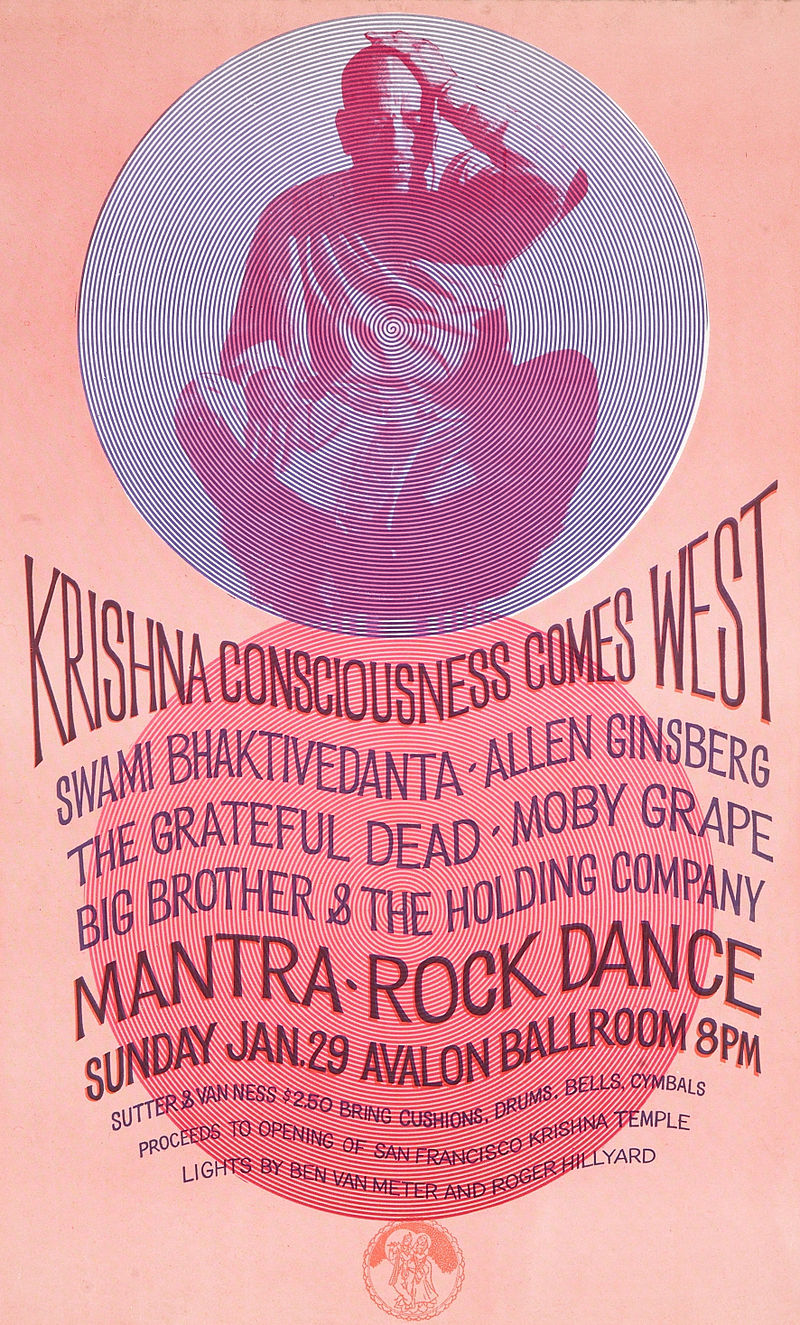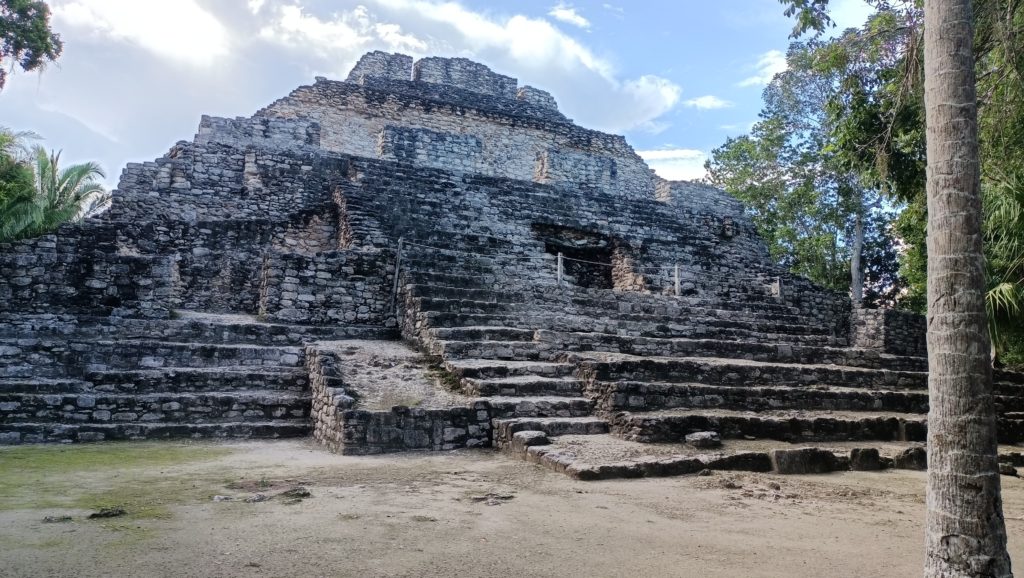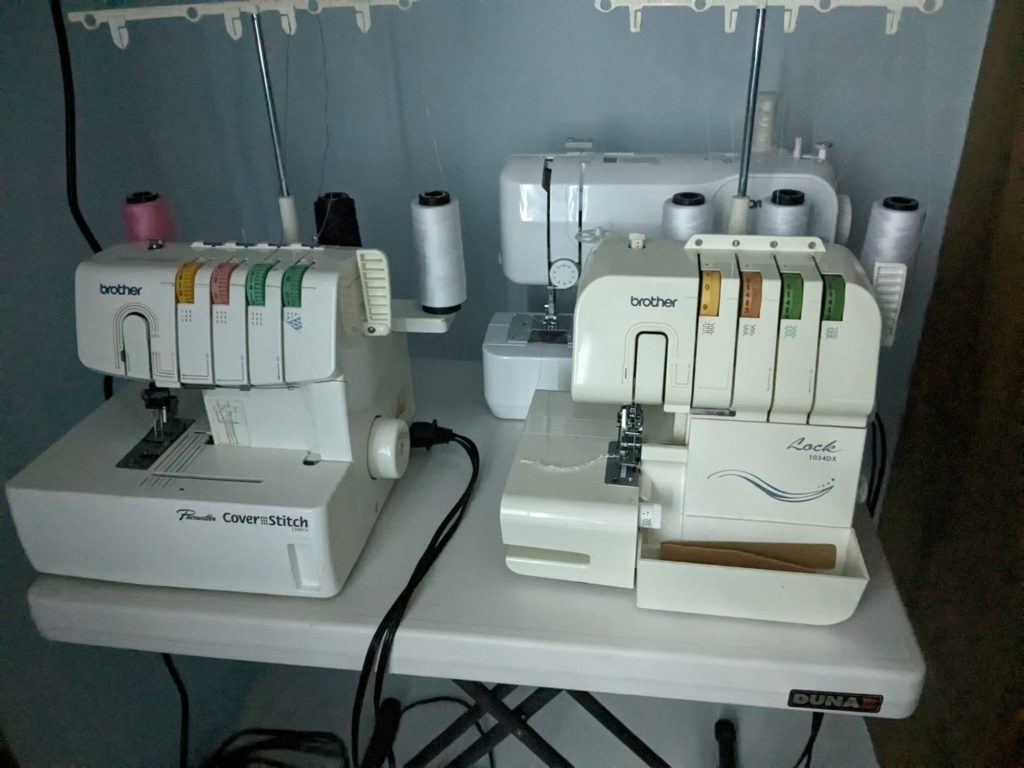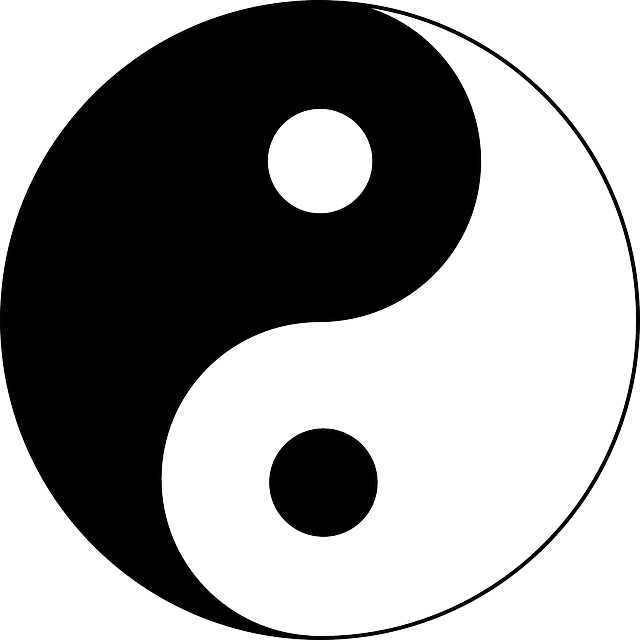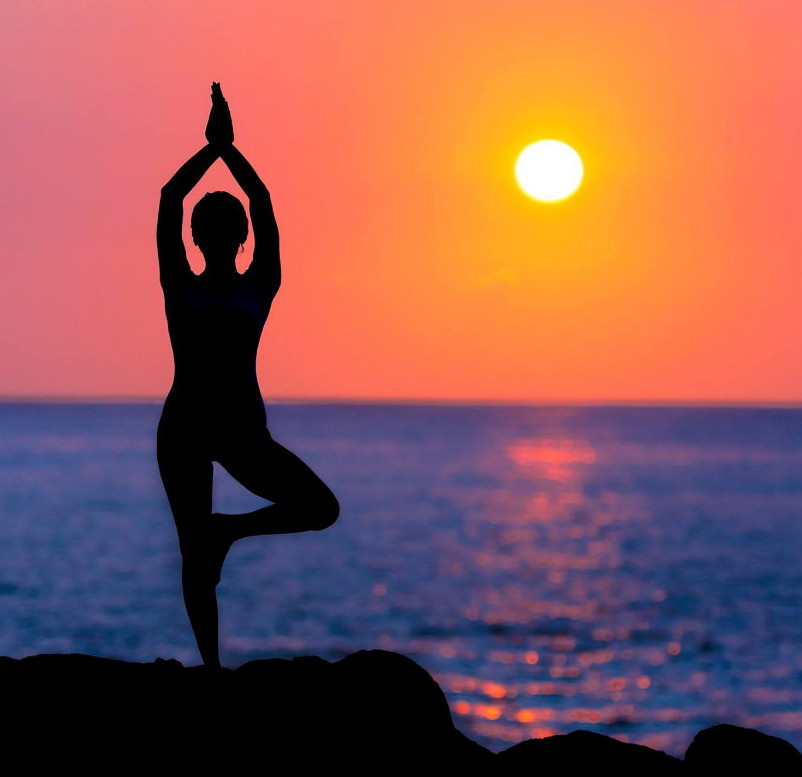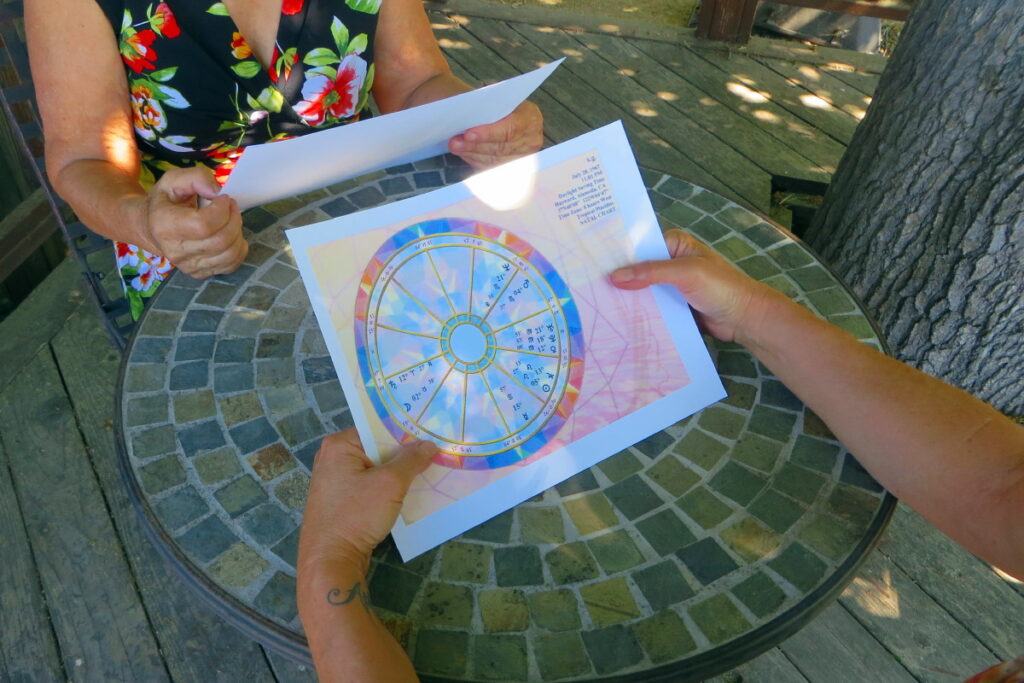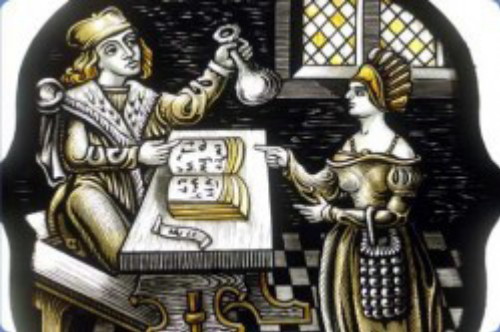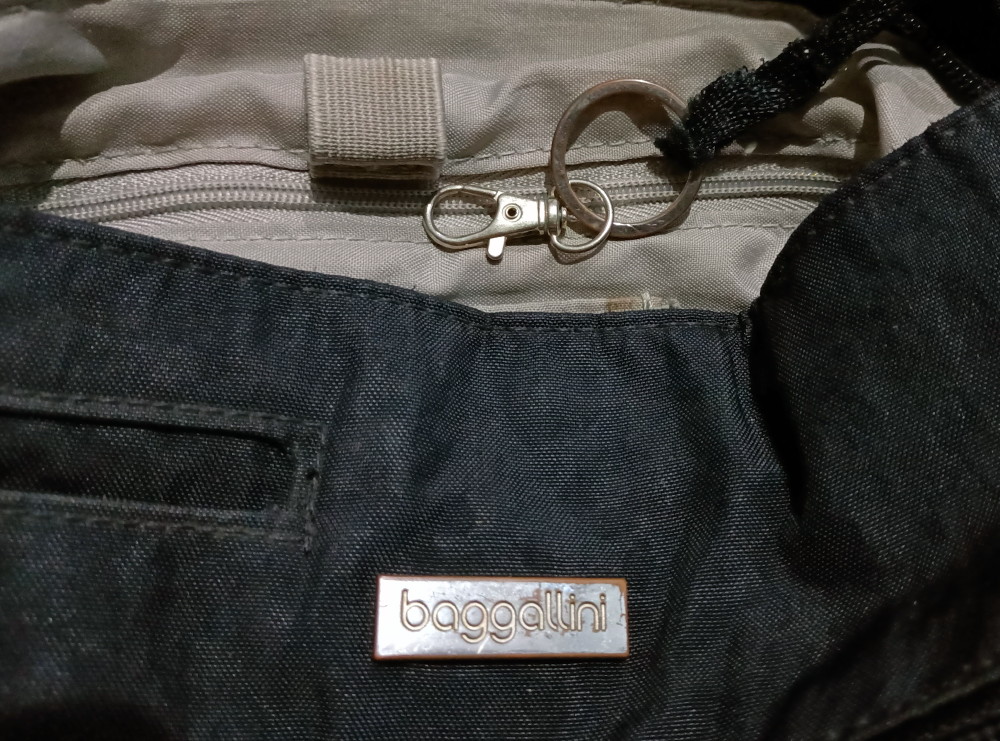My Path of Yoga

My path of Yoga involved lots of imitation, at first. I read Autobiography of a Yogi in 1966 and believed every word of the book. Shortly afterwards, several things converged to shape and define what it was that I was practicing or thought I was practicing.
I began a Hatha Yoga practice, based on an Indra Devi book and daily followed her suggested routine. Within weeks of that beginning, I had the good fortune to attend the Mantra Rock Dance at the Avalon Ballroom in San Francisco. There I heard the great Maha Mantra, Hare Krishna, Hare Krishna, Krishna Krishna Hare Hare, Hare Rama, Hare Rama, Rama Rama, Hare Hare. Allen Ginsberg introduced both the chant and the great teacher and devotee, Swami Bhaktivedanta. The crowd joined in the chanting while a memorable light show lit up the ballroom.
Forging My Own Path
Soon after, I attended the storefront Krishna Temple three evenings per week. I listened carefully to the lectures by A.C. Bhaktivedanta Swami, later given the title of Prabhupada. I enjoyed Hatha Yoga classes at the Cultural Integration Fellowship, taught by Shivaram. Shivaram also taught South Indian dance. As a member of his dance class, I performed as a gopi in a play with the other student dancers. The play, about the saint Tukaram, was written and produced by Sant Keshavadas.
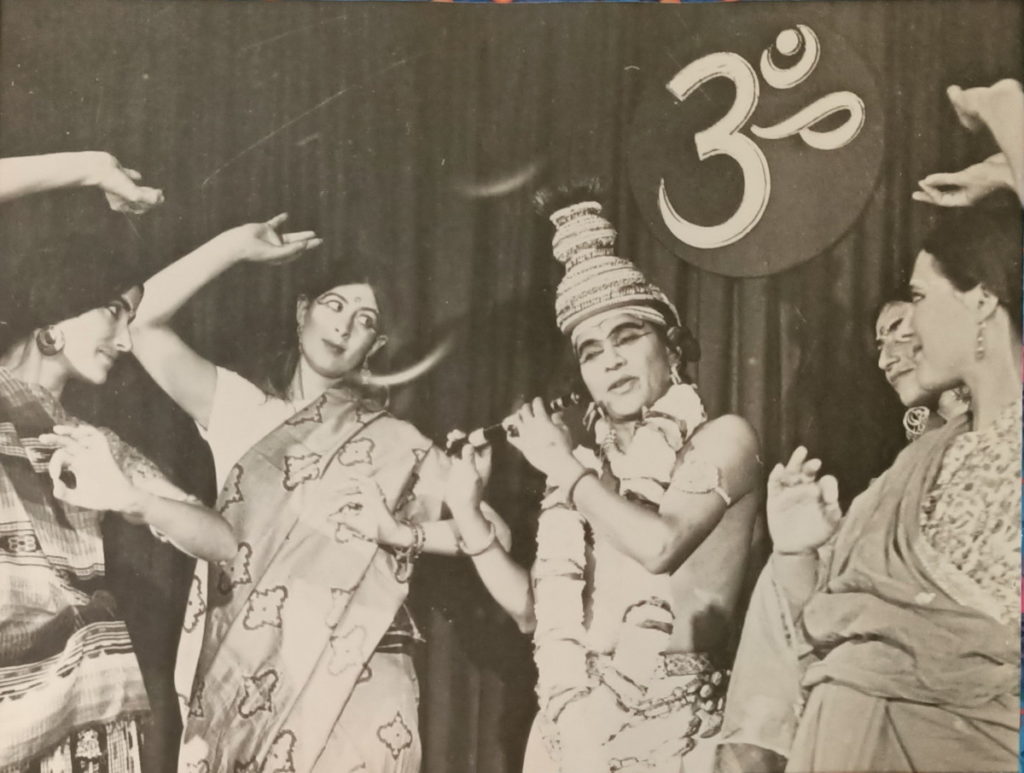
There were many opportunities for learning Indian philosophy and choosing a guru at that time. But I could not choose a guru – there was something that didn’t ring true for me. Forging my own path seemed more authentic, somehow. Something I neglected to add to my practice, mostly because I didn’t believe in it, was use of affirmations. I didn’t believe that the words we said to ourselves had much bearing on our reality. Now I know, however, that our self-talk is very important to all aspects of growth and change.
Rising Early to Practice
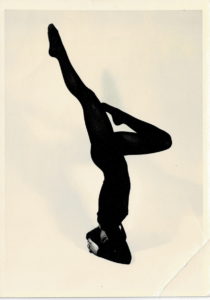
I read several books each week related to yoga, its history, philosophy, legends, illuminated masters and so forth, and developed a practice of arising at 3 am every morning to do two or three hours asana, pranayama and meditation. In the evenings I returned to my tiny room for a different set of postures, more meditation and chanting in the evenings. It wasn’t hard at all to do this practice as I had a natural propensity to solitary study and solitary acrobatics from childhood. It was more of a matter of applying the new practices that I was learning.
Imitation
In the meantime, I wondered how long it would take to be just like Ramana Maharshi, Yogananda, Bhaktivedanta Swami, or Meher Baba, or any of the other illuminated masters whose photos I had above my little altar.
How strange that seems, now. We are no longer in the age of gurus, at least in the modern world around me. But it was because of having idealized these personages that I put forth the effort to develop my practice. As I matured, I began to realize that it wasn’t about imitating another, it is about developing a relationship with one’s own Self.
My Path of Yoga Included Family Talents
I also recognized that, for some of us, there are also obligations to ones ancestors, unspoken obligations which propel us to express ourselves in certain ways. It is almost, karmically, as if we cannot move ahead spiritually without discharging our family duty. (The guru system seems to imply that the guru takes the student on and all family obligations are dismissed. Since that was not the path I followed, I did have family obligations.)
What is those? Well, it surely is different for each family. And, within each family, each member may manifest that duty differently. And, the word duty doesn’t imply that it is arduous, necessarily, just that it needs to be expressed. This was brought home to me in 1981. I had been working as a stained glass artist/craftsperson for several years. It was an art form that I “fell into” because there was a modest demand for stained glass windows in my community and it was work that I could do at home, yet still be available for my two young children.

The Tiffany Exhibition 1981
In 1981, the Tiffany Exhibition came to San Francisco’s De Young Museum. The museum bookstore accepted my lampshades on consignment there and sold quite a few of them. This brought me a bit of local fame, with a newspaper article and a spot on the Sacramento News 10. At some point during the months when my works were in the museum I had a very vivid dream.
The Dream
My family members were all in my dream, my aunts and uncles, as if at a big family event. All of a sudden, in walked Nono, my grandfather, who had died years before. My grandfather’s skin, in the dream, was green, the same color as the skin of Osiris, the Egyptian god of the dead. I said to my grandfather, in surprise, “Nono, I thought you were dead!” And he said, “I am dead, I just came back to tell you that I am very proud of you that you have your work at the De Young Museum”. Then I woke up. Nono was an artist, he always answered when asked what his occupation was. But actually, painting pictures was his hobby. With seven children to support, he was a house painter by trade. But he felt inside that he was an artist. Many family members follow an artistic path, two of Nono’s children were very able artists. Artistic giftedness has carried on in his grandchildren and great grandchildren .
I can’t ignore my hands’ needs to create things of utility and beauty. The work itself is a kind of prayer.
